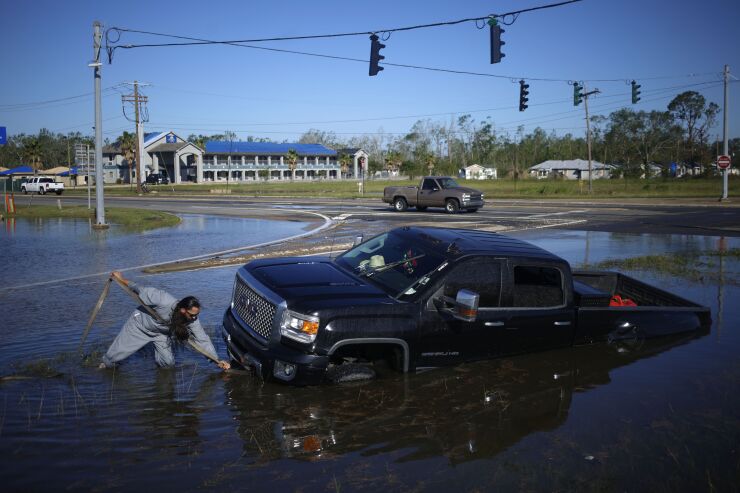When managing an accident scene, an early response digital solution can help you reduce cycle time and claims costs. Digitizing the accident management process can significantly improve the auto claims life-cycle, delivering customer resolutions in days rather than weeks through an expedited tow process, dramatically reducing or eliminating the expense of storage and streamlining secondary tows for your business.
A critical component of this process is ensuring seamless communication on the condition of the vehicle. Accurate assessment of the vehicle condition at the scene of the accident – or even at the tow destination – can help simplify appraisal and claims adjudication. The old saying “a picture is worth a thousand words” certainly applies to accident management. The most effective way to capture vehicle condition quickly and easily is with digital photos.
More than 85 percent of digital photos today are captured by cell phones, making it easier and more efficient than ever for you to incorporate them into digital workflows. For example, photos can be used to drive claims decision-making and can also enable touchless claims handling. By adding digital photos into the claims process, you can unlock a number of key benefits:
- Instantly channeling photos to a claims organization’s Method of Inspection. This can be beneficial in a number of ways, including for desk appraisal, follow-up field inspection, or even AI damage inspection models in order to expedite the appraisal process and improve the customer experience. Because the capability to access, ingest and react to photos is digital-first, the ability to create a decision point in the process once the vehicle is captured flows seamlessly into your auto physical damage protocols.
- Building transparency, accountability and protection for everyone involved in an accident event by combining digital photos with the right tools for capturing, cataloging and sharing them. While some claims costs are inevitable after an accident, with the right processes in place, many costs can be controlled for a more efficient, seamless, digital process. For example, when towing service providers accurately capture the condition of the car at the scene of an accident, it creates a clear, time-stamped record of the vehicle’s condition. Using photos for this purpose at the scene of an accident can help you avoid downstream storage costs.
- Preventing fraudulent claims with time and location-stamped photo comparisons. In the event of a fraudulent claim, these photos enable a quick and clear resolution by acting as evidence of the vehicle’s physical damage. Arrival photos at the tow location can be used to confirm receipt as well as condition.
- Reducing auto claim cycle times by identifying damages before sending the vehicle to a repair shop. Pictures taken at the scene of an accident can be instrumental in reducing cycle time of an auto claim by identifying damages at an early stage and determining whether a vehicle is sent to a repair facility or a salvage vendor. These photos can also expedite the appraisal process and contribute to selecting the right collision repair facility, ultimately improving the customer experience.
- Reducing storage and costs associated with delays. Typically, vehicles will be sent to a collision repair shop, but if the photos indicate a total loss, the vehicle can instead be re-routed to a salvage yard. This can result in significant savings for you as police will often arrange for a tower to capture vehicles at the scene of an accident. This situation can result in unnecessary loss cost due to the five or six days of accumulated storage, fees, rental days and secondary tow that can add up to as much as $1,050 per accident according to Agero’s research.
With the near ubiquity of cell phones today that have the ability to take and share high resolution photos, you stand to benefit from the ability to incorporate photos into digital workflows to reduce cycle time and claims costs. By having tow operators photograph a vehicle’s condition at the accident scene, you will have a more detailed accounting of the events to help streamline appraisal and claims decision making processes.






